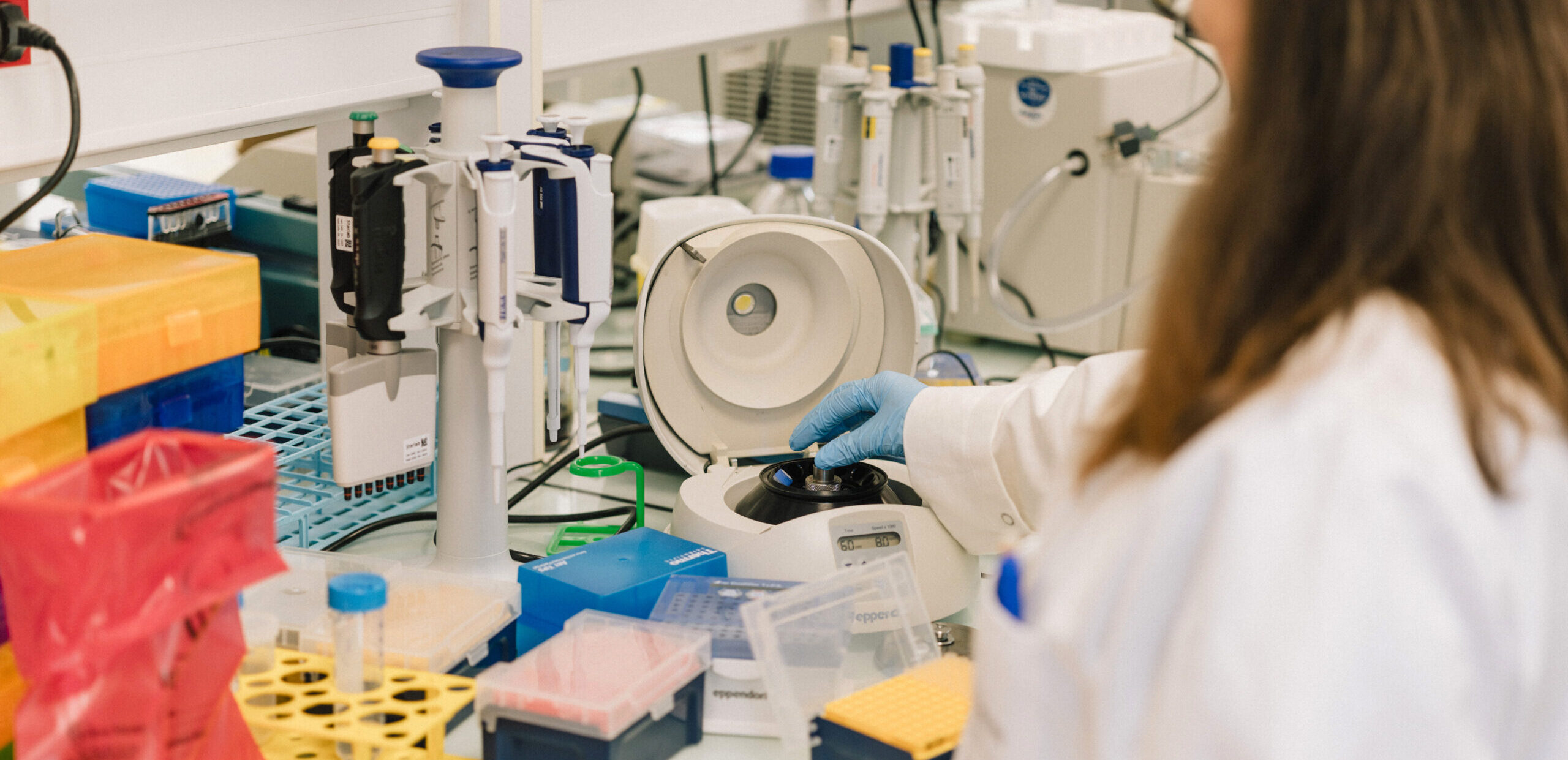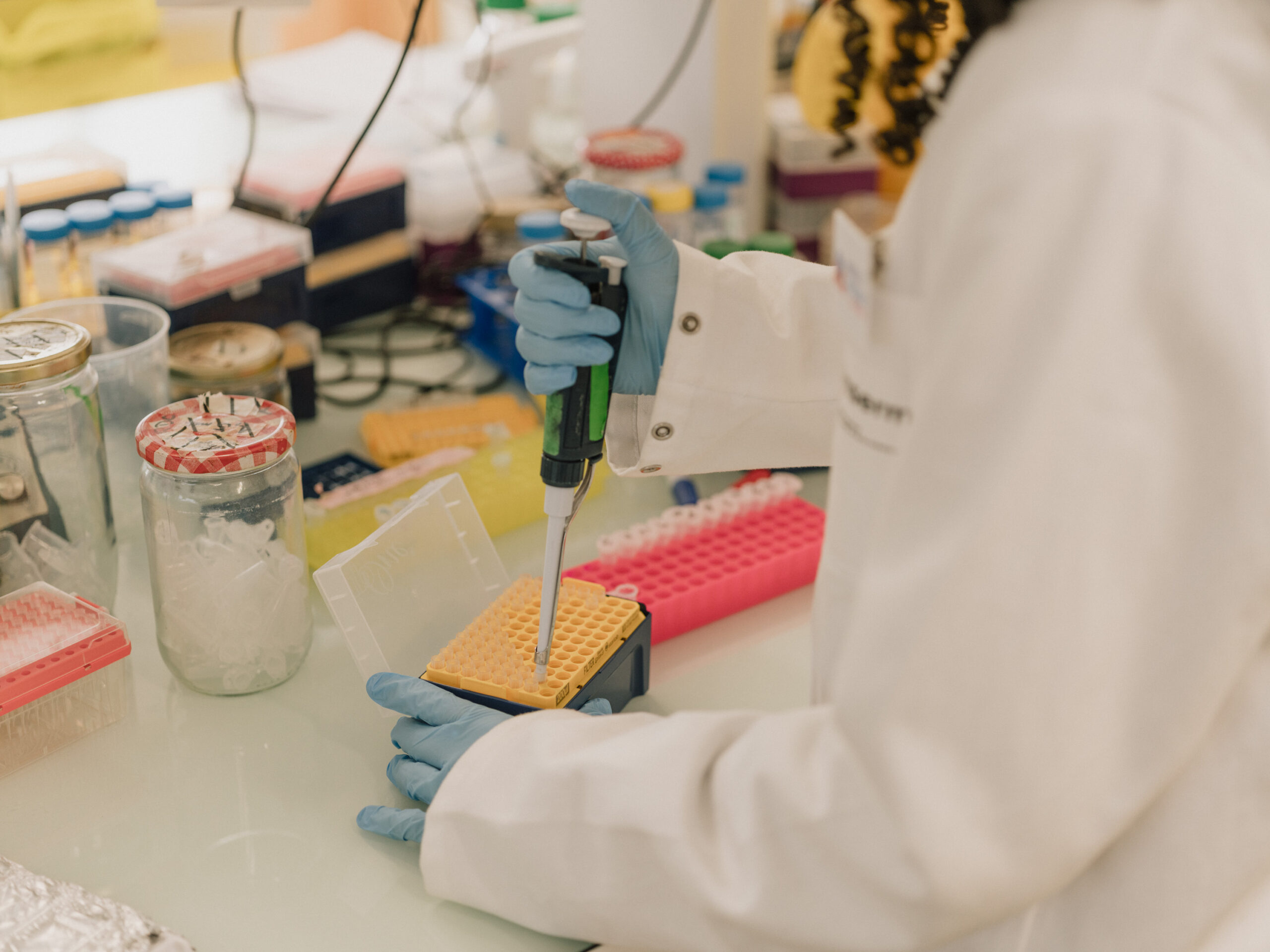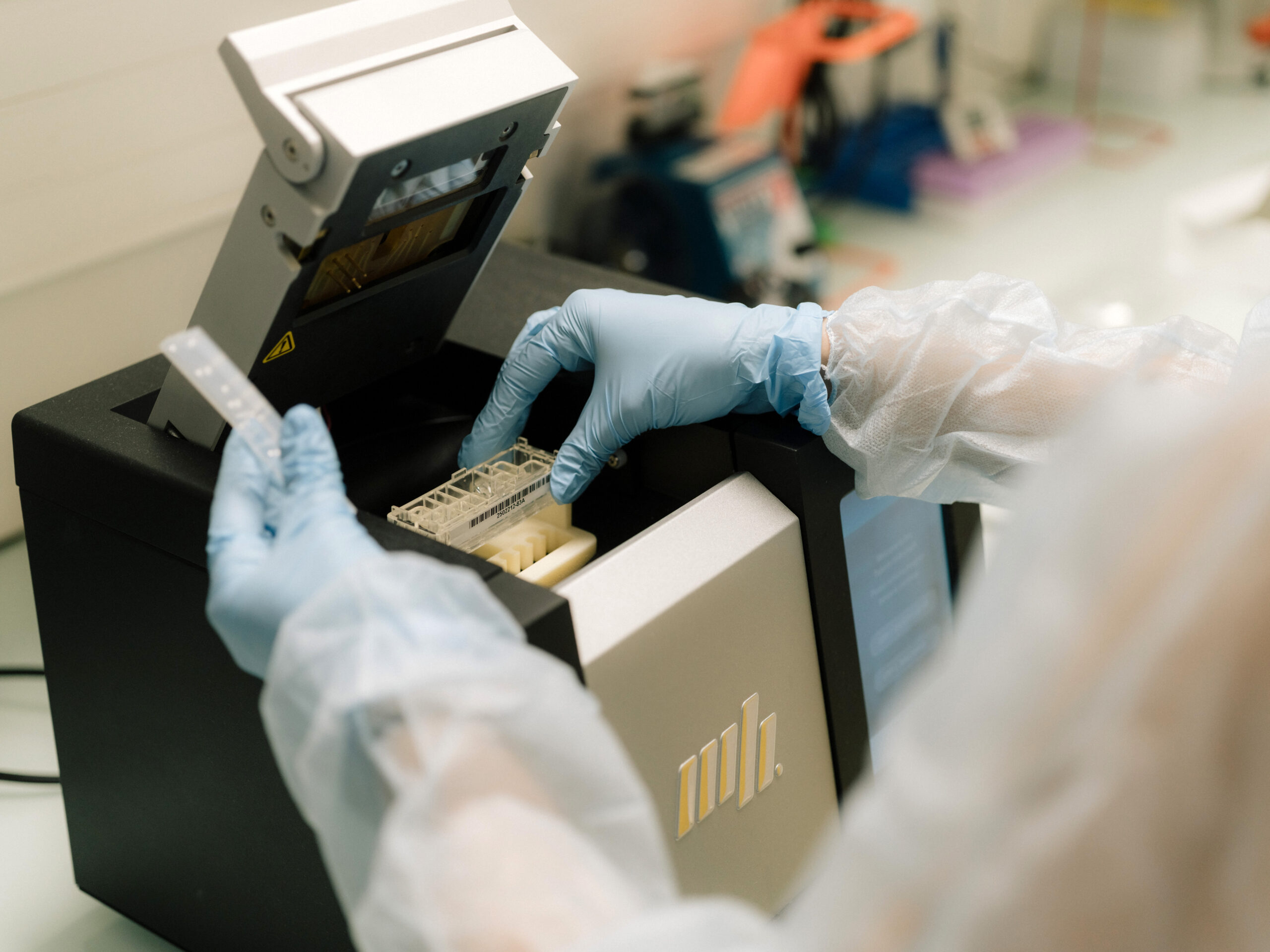- About us
- A new Institute dedicated to combating Leukemia
- Medical-scientific program
- History of Hematology on the Saint-Louis Campus
- Institute Governance
- Press Room
- Contact us
- Our news
- Profile of Valéria Bisio, Research Officer
- Establishment of a Hemato-Oncogenetics Unit
- Profile of Alice Gros, a peer-support patient
- Laureates of the first call for projects of the Leukemia Institute
- Profile of Julien Calvo, researcher
- Support us
- Join us
- You are
- Patients and relatives
- To be cared for and supported
- Become an expert patient
- Discover the Leukemia Institute
- Researchers
- Research
- Clinical trials
- Discover the Leukemia Institute
- Healthcare professionals
- Refer a patient
- Our clinical research
- Discover the Leukemia Institute
- Industry partners
- Discover the Leukemia Institute
- Translational research
- Donors
- Support us
- Discover the Leukemia Institute
- Care
- Patient care
- Being Treated at the Leukemia Institute
- Anti-cancer Treatments
- Supportive Care
- Open Multidisciplinary Meetings
- Our clinical services
- Department of clinical hematology
- Department of adult hematology
- Hematology Transplant Unit
- Department of Pharmacology and Clinical Investigations
- Department of clinical hematology and cell therapy
- Adolescent and Young Adult Unit
- Outpatient Hemato-oncogenetics Unit
- Department of senior hematology
- Department of pediatric hematology and immunology
- Our medical laboratories
- Hematology Medical Laboratory, Michaela Fontenay
- Hematology Medical Laboratory, Jean Soulier
- Molecular Genetics Unit, Hélène Cavé
- Hematology Medical Laboratory, Vahid Asnafi
- Patient Information
- Acute Myeloid Leukemias
- Acute Lymphoblastic Leukemias
- Myeloproliferative Neoplasms
- Myelodysplastic Syndrome
- Anti-cancer Treatments
- Supportive Care
- Psychological Support
- Research
- Our research teams
- Molecular pathology
- Functional precision medicine for leukemia
- Normal and pathological hematopoiesis
- Niche, Cancer, and Radiation in Hematopoiesis
- Population Evolution and Interaction Particle Systems
- Translational Immunology in Immunotherapy and Hematology (TIGITH)
- Identification and targeting of extrinsic regulators of myeloid malignancies
- Lymphoid niches, Chemokines and Immuno-hematological syndromes
- Molecular Mechanisms of Acute Myeloid Leukemia Development
- Chronic Myeloid Malignancies, Microenvironment & Translational Research
- Leukemia & Niche Dynamics
- Genetic and Epigenetic control of Normal and Malignant Hematopoiesis
- Stem cell dysfunction and secondary AML
- Biostatistics and clinical epidemiology
- Our technological platforms
- Our clinical research
Accueil Patient InformationPatient Information
...What is leukemia?
Diseases
Understanding Leukemia
The cause is most often unknown.
Acute myeloid leukemias are generally not hereditary; however, in rare families, there may be a genetic predisposition, with several family members potentially affected.The disease can occur at any age but mainly affects adults over 40 years old.
More than 50% of patients are over 65.About 5 in 100,000 people are affected by acute myeloid leukemia (AML).
Diagnosis is based on:
- A blood test (CBC) to identify possible abnormalities, such as a low red blood cell count, white blood cell count, or platelet count.
-
A bone marrow examination (myelogram) allows for: Cytology (looking for abnormal cells, especially immature “blast” cells, and morphological abnormalities), Cytogenetics (chromosome analysis or “karyotype”), Molecular biology (detection of genetic mutations), Flow cytometry (analysis of cell characteristics, such as the presence of specific surface markers).
- A bone marrow biopsy (pelvic bone puncture) is sometimes required for the collection of cerebrospinal fluid (to check for possible neurological involvement).
- Additional assessments may be performed before starting treatment: renal, liver, pulmonary (chest X-ray), and cardiac (electrocardiogram, echocardiography) evaluations. Geriatric assessment (depending on your age or comorbidities).
Substances: tobacco, chemicals, ionizing radiation, chemotherapy or radiotherapy used to treat other cancers.
Genetic abnormalities: such as Down syndrome (trisomy 21), neurofibromatosis, or Fanconi anemia, or pre-existing hematologic disorders (e.g., myelodysplastic syndromes).
-
Fatigue, paleness, palpitations, and shortness of breath are signs of anemia (a low red blood cell count).
If you have coronary artery disease, you may also experience angina attacks (chest pain). - Fever and infections (especially lung infections) are signs of leukopenia or neutropenia (a low white blood cell count). These infections can become serious if not treated with antibiotics.
- Bleeding (especially from mucous membranes), red spots on the limbs, and bruises are signs of thrombocytopenia (a low platelet count). These bleeding episodes can be worsened if you are taking blood thinners or antiplatelet medications (aspirin, Plavix).
Research
Adaptive mechanisms that allow leukemic cells to resist treatments
Development of a new innovative pharmacological agent (PROTAC) to slow down AML by targeting and degrading a protein, thereby increasing AML’s sensitivity to treatments. This agent is still under development
Alexandre puissant and his team
View the teamMolecular and cellular interactions between hematopoietic cells and the bone marrow niche
Development of preventive and curative therapeutic strategies to improve the prognosis of patients with AML
Lina Benajiba and her team
Platform enabling the testing of multiple treatments in parallel on patient samples in the laboratory, with the goal of advancing towards personalized medicine
Identification of ruxolitinib (a drug) as a potentially effective agent to enhance the efficacy of standard chemotherapy in certain patients.
Raphael Itzykson and his team
Follow our actions by subscribing to the institute's newsletter
- Discover the Leukemia Institute
- Translational research
- Our clinical research
- Clinical trials
- Become an expert patient
- To be cared for and supported
- A new Institute dedicated to combating Leukemia









